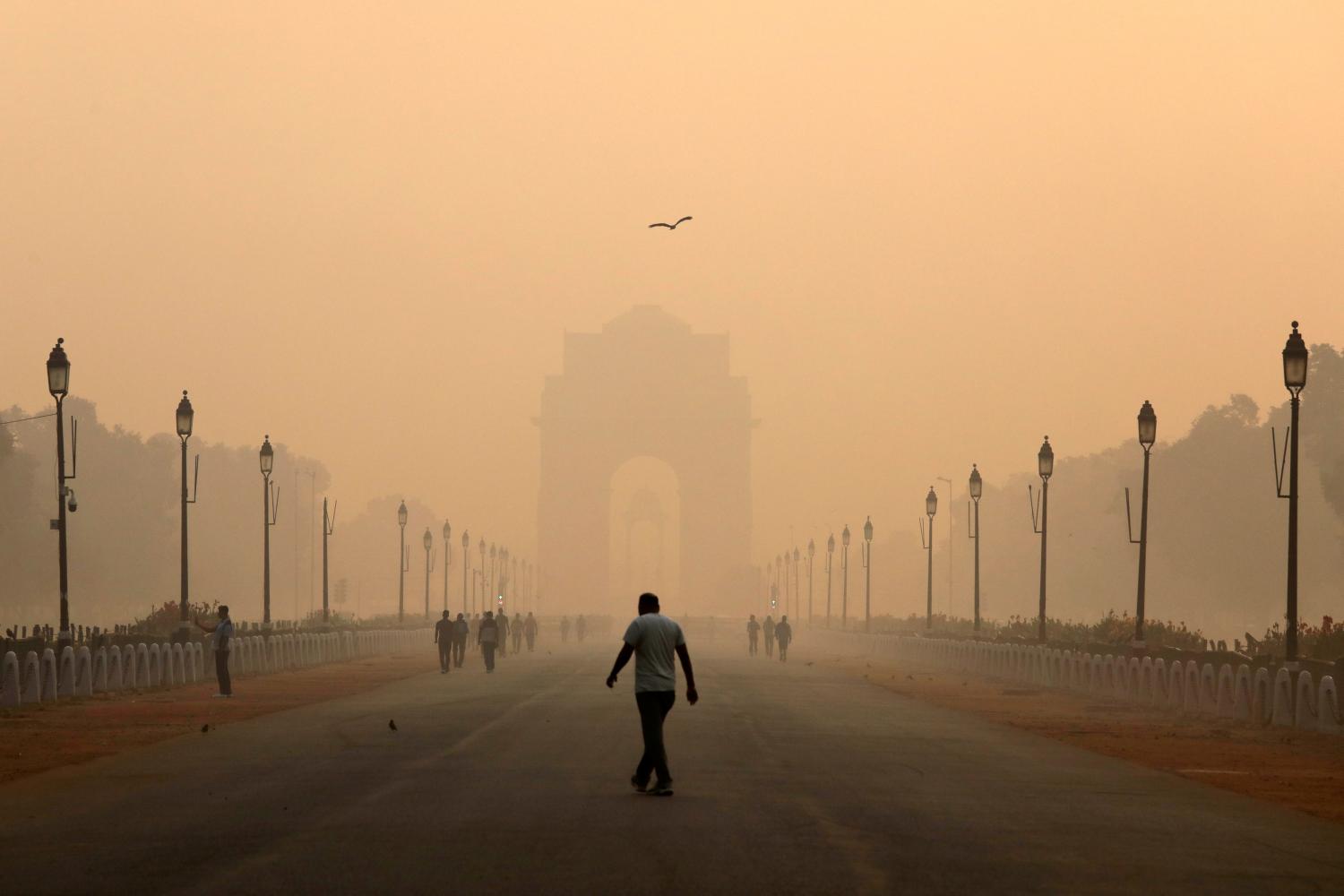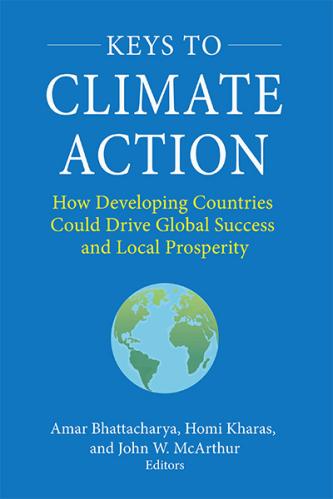Content from the Brookings Institution India Center is now archived. After seven years of an impactful partnership, as of September 11, 2020, Brookings India is now the Centre for Social and Economic Progress, an independent public policy institution based in India.
Pollution in any form, whether it be air or water, poses an environmental risk to the health of the exposed population. Literature from both developing and developed nations indicates the adverse health effects that air (Soo and Pattnayak, 2019 & Chay and Greenstone, 2003) and water pollution (Brainerd and Menon, 2014) have on children.
Despite overwhelming evidence about ill effects of pollution, there is little effective management or regulation to curtail activities which contribute to high levels of pollution in developing nations. According to WHO global air pollution database, out of the 15 most polluted cities in the world, 14 belong to India. Another recently published report by Health Effects Institute on air pollution in India (2018) reports that air pollution was responsible for 1.1 million deaths in India in 2015. The major contributors to air pollution in India are household burning emissions, coal combustion, agricultural burning and transport. In the absence of effective pollution regulatory policies, air pollution levels have reached alarming levels in various parts of India (Greenpeace, 2017). This warrants a closer look at the air pollution problem from the standpoint of welfare of the younger generation currently being exposed to harmful pollutants, with possible long-lasting effect on their health.
According to WHO global air pollution database, out of the 15 most polluted cities in the world, 14 belong to India.
This paper examines the effect of outdoor air pollution on child health in India. Particularly we study the effect of early life exposure to air pollution (as measured by PM 2.5) on children’s weight and height measures. We use gridded satellite data on PM2.5 and GPS locations of sampled clusters in Demographic Health Survey (DHS, 2015-16 round for India) to produce rich geo-spatial information about local pollution levels in the place of conception(residence) of a child. In an empirical exercise, which causally links child health to local pollution levels, household income and behavioural choices are omitted variables which make local pollution levels endogenous. We use neighbouring (or non-local) fire-events as an instrument for local pollution levels as they are not related to household behavioural choices or local economic activity, but they affect local pollution levels as smoke and pollutants from these neighbouring fire events can travel long distances.
Our analysis shows that air pollution negatively affects children’s health. Exposure to air pollution during the first trimester decreases both Height-for-age (stunting measure) and Weight-for-age (underweight measure) for children aged below five years. The effect is prominent for poorer households, with northern states being more vulnerable due to high pollution levels in the area. Evaluating this link between poor air quality and child health is important as many regions in India have very high pollution levels which often breach safe standards. If stunting is affected by early life exposure to pollution then it can have long-lasting effect on life earnings of a child due to poor cognition and increase vulnerability towards hypertension and diabetes. Thus, failure to curb air pollution problem in India adversely affects the human capital of the country in the long run.
Our analysis shows that air pollution negatively affects children’s health. Exposure to air pollution during the first trimester decreases both Height-for-age (stunting measure) and Weight-for-age (underweight measure) for children aged below five years.
The literature linking air pollution to child health has mostly focused on child mortality. We add analysis towards child’s growth indicators conditional on child’s survival. Most of the studies for developing nations lack rich geo-spatial data for analysis and rely on pollution measures, which are estimated for a large area (and hence are riddled with measurement error). To the best of our knowledge, this is the first study for India which addresses the endogeneity issues present while studying the link between child health and local pollution levels.
The paper begins by providing a literature overview of the effect of pollution on child health. We describe in detail the various datasets that we use in our analysis and the empirical methodology that we follow, and present our results. The last section concludes with an estimate of the extent of the problem and discusses current state of policies regarding air pollution in India.




